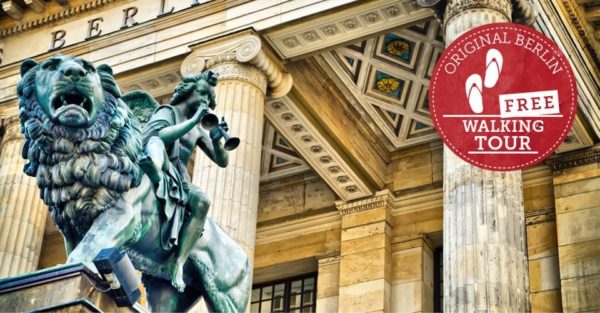The Iconic Symbol of the Cold War Era
Many symbols of divided nations and consequences of ideological wars are vivid and the Berlin Wall is one of them. The wall was constructed by the German Democratic Republic in 1961 and extended across the city of Berlin effectively splitting the city into two parts – East and West Berlin – until the Wall was torn down in 1989. Although major parts of the wall was brought down soon after the fall of the structure, one can still find some parts today that explain the importance of the structure.
Checkpoint Charlie: A Historical Landmark
Of these informative leftovers of history one must mention the Checkpoint Charlie, which was a well-known place to cross the border between East and West Berlin during the Cold War period. This checkpoint was mainly used more by the foreign people, diplomats and hostile militaries to cross from one side to the other side. In the present time, an original duplicate of the structure serves to become a historical landmark of the wall. There is Checkpoint Charlie Museum near to the place where visitors can get more details about the wall.
The East Side Gallery: A Living Art Exhibition
The East Side Gallery is a public art gallery which was painted along a walk of one and half kilometers of the East Germans’ Berlin Wall. This has also become a global art gallery with more than 100 murals painted by artists and there is still the remaining piece that has become one of the most powerful pieces of art on the existent wall. Every mural depicts the various opinions on top of freedom, unity, and democracy in a quite novel approach, this makes it possible for guests to experience the history of the wall. If one decides to take a leisurely stroll along the East Side Gallery, he/she is assured of an enchanting parade that encompasses art work, as well as history.
The Berlin Wall Memorial: A Site of Remembrance
The Berlin Wall Memorial is situated to the former border crossing at Bernauer Strasse and is dedicated to those victims of the Wall. Here, tourists seeing a remaining piece of the wall and an observation tower constructed to give a sight of the landscape around it. The memorial also has a documentation center which informs people about the history of the wall, it significance and effects on the city and it inhabitants. The Berlin Wall Memorial as a site reflects on division that people have known in the past and outlines their strength.
Potsdamer Platz: A Modern Urban Landscape
One the most outstanding transformations observed after the collapse of the Berlin Wall can be seen at Potsdamer Platz. While in the past this area was a typical example of the separation done by the Wall, it is now a lively modern city. Now one can see modern glass skyscrapers, business and shopping centers, and even entertainment facilities in place of the death strip. Potsdamer Platz is the vivid example of how Berlin can move on with its history and try to construct a new life, still realizing its history. It represents hope and tenacity of the city.
Conclusion
Although the physical Wall no longer separates the City of Berlin it remains deeply imprinted in every corner of the City and in the minds and souls of its inhabitants. Historic landmarks that include Checkpoint Charlie, the East Side Gallery, Berlin Wall Memorial and the Potsdamer Platz are some of the check points remaining depicting the segregated past of durty and its transformation to reunification .
These sites within the wall are not only informative of the ceremonies regarding the wall but are also a testament of the cooperation, freedom and non hostility that the world seeks to embrace. While strolling around Berlin with its present-day comforts and conveniences, it is possible to feel a history and hard struggling that took place behind concrete and barbed wire and value the spirit that the Berlin Wall left behind.
Table of Contents


